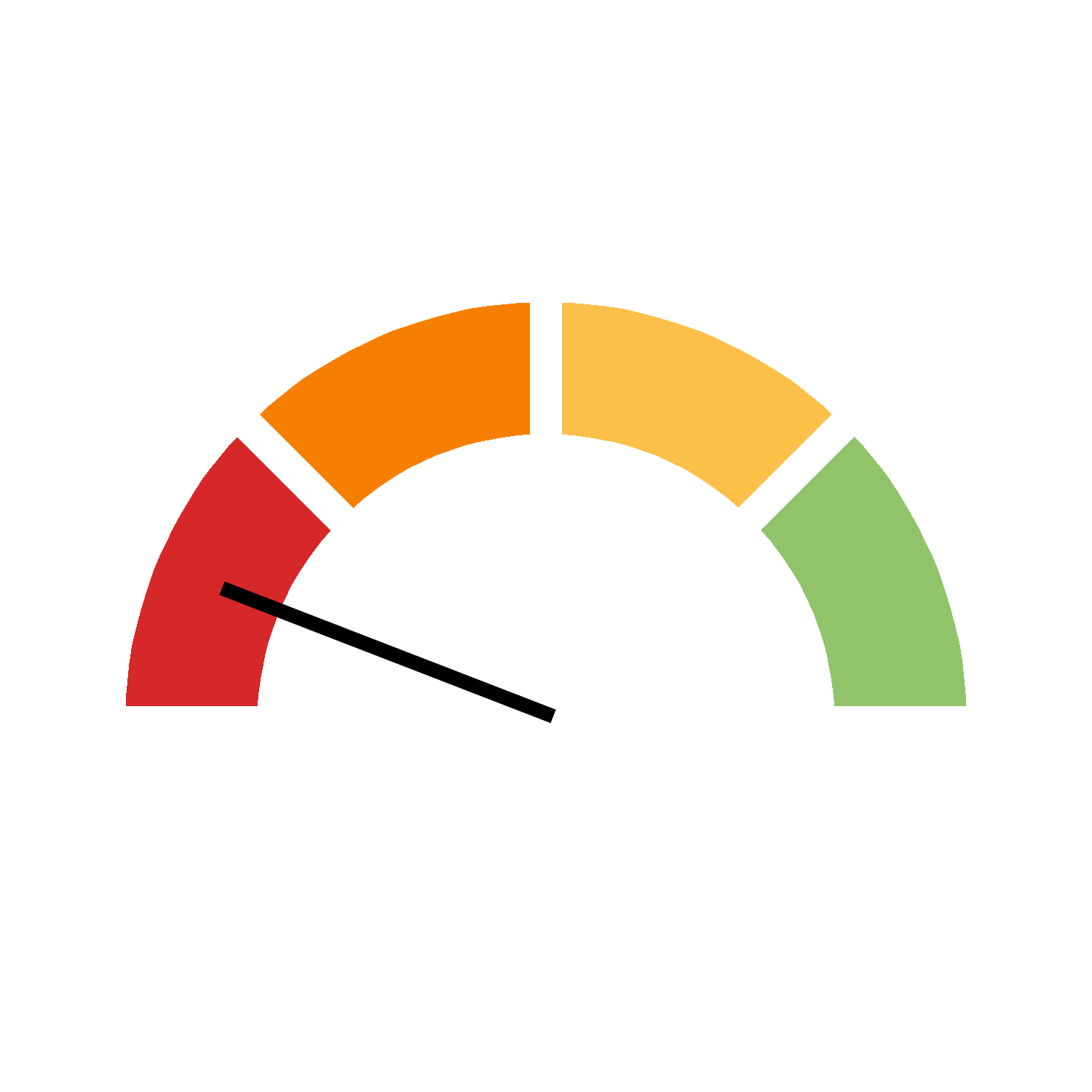The table below contains more information regarding the indicator.
| Goal |
Goal 3: Ensure healthy lives and promote well-being for all at all ages |
|---|---|
| Target |
Target 3.8: Achieve universal health coverage, including financial risk protection, access to quality essential health-care services and access to safe, effective, quality and affordable essential medicines and vaccines for all |
| Indicator |
Indicator 3.8.2: Proportion of population (individuals) with large household expenditures on select health care items as a share of total after-tax income |
| Definition and concepts |
Proportion of the population with large household expenditure on health as a share of total household expenditure or income. Two thresholds are used to define “large household expenditure on health”: greater than 10% and greater than 25% of total household expenditure or income. |
| Comment and limitations |
This is a proxy indicator. The UN Global indicator states: “Proportion of population with large household expenditure on health as a share of total household expenditure or income”. SHS estimates exclude households in Canada’s three territories. |
| Method of computation |
The Survey of Household Spending collects expenditures using two collection modes: a questionnaire (using recall periods that vary based on the type of expenditure) and a two-week diary. For methodological reasons, health care expenditures collected through the two-week diary were excluded from the numerator in the calculation of each household's proportion of income spent on health care. The excluded health care items are: non-prescribed medicines and pharmaceutical products; health care supplies; other health care equipment (i.e. other than major equipment); and non-prescription eye wear and other eye-care goods. Since these items were excluded, the definition of health care spending used for this indicator is therefore not consistent with the Classification of Individual Consumption According to Purpose (COICOP) classification. The following out-of-pocket health care expenditures were included in the numerator: prescribed medicines and pharmaceutical products; major health care equipment (e.g. hearing aids, wheelchairs); health care services; prescription eye wear; eye-care services; and dental services. Note that expenses for prescribed medicines and pharmaceutical products are collected through the questionnaire using a three-month recall period. Reported amounts are annualized so that they cover 12 months (they are multiplied by 4, and additional adjustments account for extreme values). The inclusion of annualized spending for prescribed medicines and pharmaceutical products in the numerator for this indicator requires the assumption that a given household's spending on this item does not vary between different three-month periods of the year. After-tax household income was used for the denominator, since a measure of annual total consumption is not available at the individual household level due to design of the survey. |
| Progress measurement details |
The progress status for this indicator is measured with respect to a target of 0.01%. This target selection reflects the magnitude and precision of the data, while acknowledging that the progress measurement methodology cannot accomodate a target of exactly zero. For more information, please refer to the progress measurement methodology documentation. |
